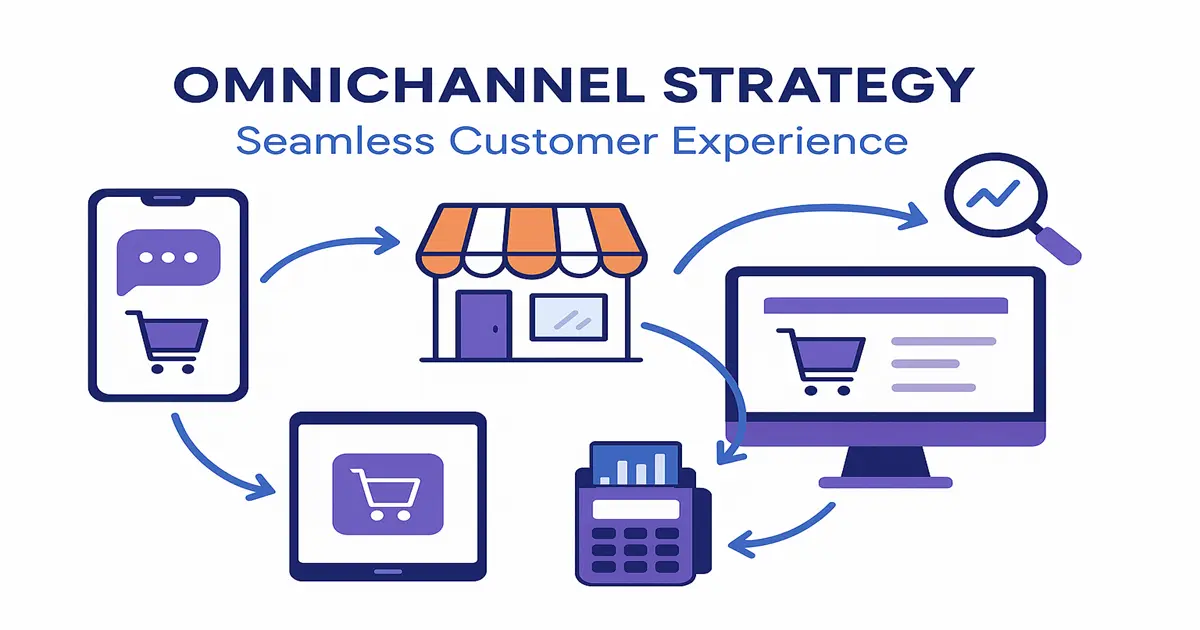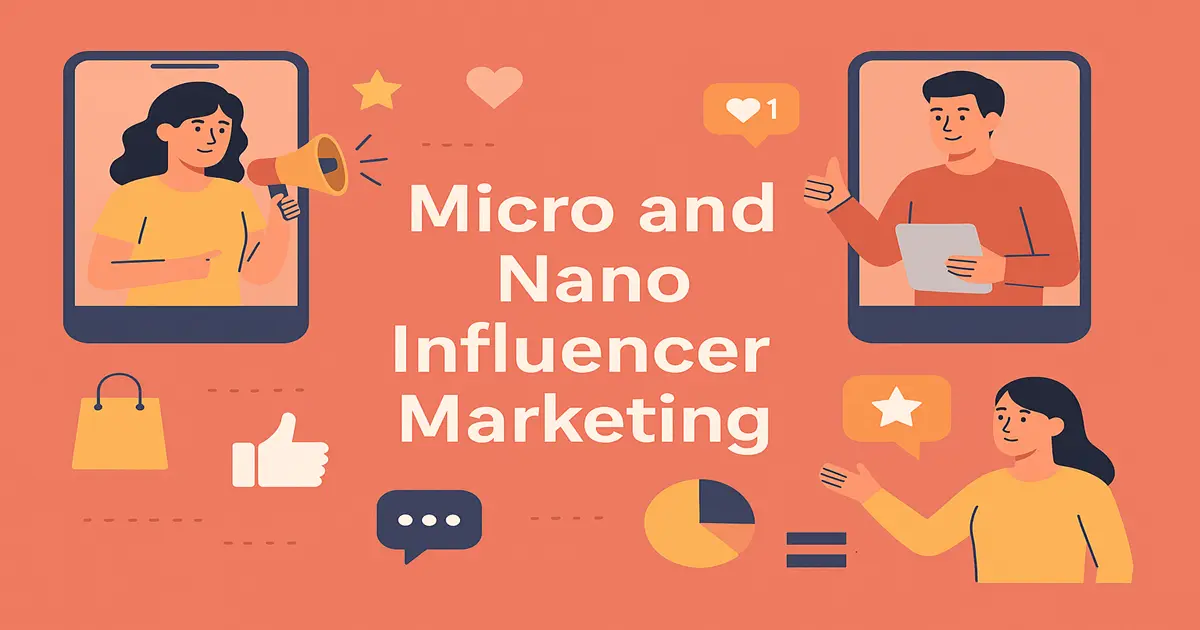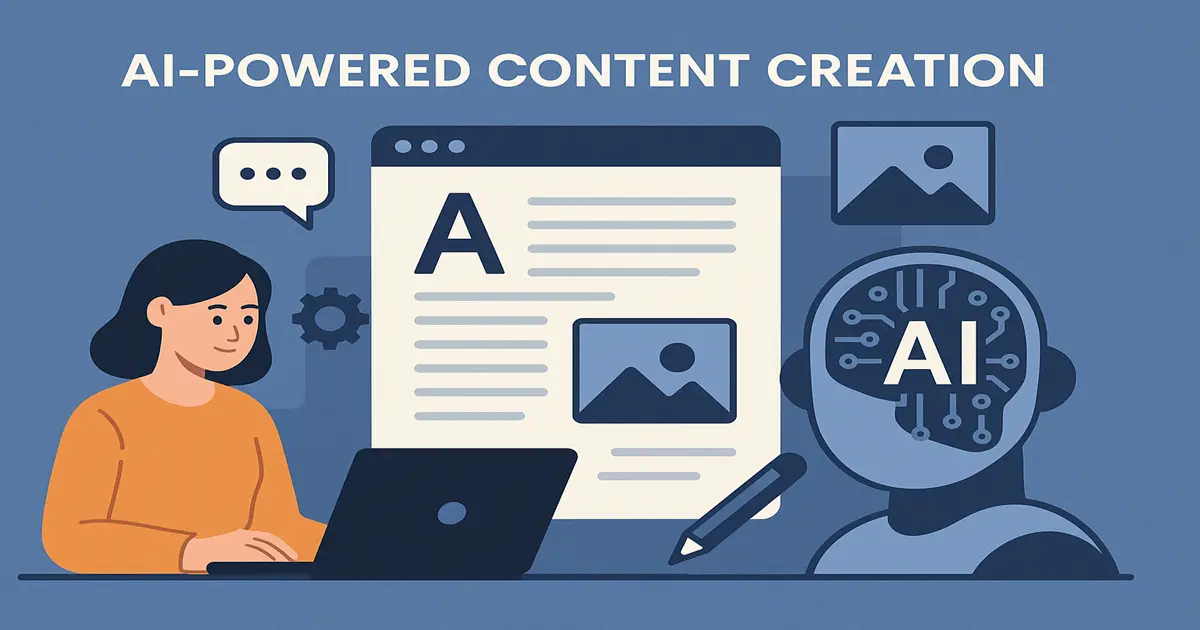Introduction:
Is Your Content Creation Process Holding You Back?
In the fast-paced world of today’s digital era, developing engaging content in quantity is no longer a nicety but a must. Yet, for most entrepreneurs, creators, and marketers, keeping content needs at bay is like being on a treadmill that never goes idle. Has this ever happened to you where you have spent hours working on a blog post only to discover the competition posted five similar articles before you? Or struggled to identify topics that resonate with your audience? You’re not alone.
This is where AI-Powered Content Creation steps in as the savior. While technology progresses at the speed of lightning, AI tools are now the best-in-class colleagues in creating blog posts, social media posts, video scripts, and more—quickly, efficiently, and creatively.
But how exactly does AI-Powered Content Creation work? Is it reliable? Can it supplant human labor or just enhance it? We address these questions in this blog post, with tips on how to use AI tools to produce excellent content in a matter of seconds.
Whether you are a solo entrepreneur operating your business, a digital marketing agency expanding a campaign, or a content manager with numerous deadlines, understanding the worth and use of AI-powered content Creation can revolutionize the way you produce content.
Let’s get more in-depth into what this tool is, why it matters, and how you can utilize it.
What is AI-Powered Content Creation?
Content generation is the use of artificial intelligence tools—like natural language processing (NLP), machine learning, and generative algorithms—to create or assist in creating digital content. That includes text content (social media posts, articles, blogs) graphics, video scripts, product copy, and even entire marketing campaigns.
AI-powered platforms analyze massive datasets, user behavior, and trending terms to create content that not just appeals to the audience but is also SEO and engagement-optimized. They learn from millions of blog posts, language use, and context-cued signals to mimic human writing.
Some of the best examples are:
- Jasper (formerly Jarvis) for copywriting
- ChatGPT for conversational content
- Copy.ai for social media and ad copy
- Canvas Magic Write for visually-oriented content and captions
- Surfer SEO for content optimization
Key technologies supporting AI content engines are:
- Natural Language Generation (NLG): Produces human-readable text from data.
- Natural Language Processing (NLP): Reads user intent and context.
- Machine Learning (ML): Improves over time as it is trained on data and used.
- Generative Pre-trained Transformers (e.g., GPT): Can read tone, style, and structure of content.
AI-Powered Content Generation does not just “write” but can also research the competition, generate keyword ideas, improve grammar, suggest images, and even schedule your posts. It’s your sidekick, strategist, and editor combined.
But AI isn’t magic. It does require human oversight to control tone, brand voice, and authenticity. But when used correctly, it can cut content generation time by over 60% while improving consistency and SEO results.
Why AI-Powered Content Creation Matters
With a content-rich digital age, AI-powered content Creation is no luxury—it’s necessary to stay ahead of the game and stay current. Here’s why it matters:
1. Speed and Efficiency
Crafting quality content is time-consuming. AI can generate outlines, full drafts, or concepts for posts within seconds. This short notice enables brands to publish more frequently, which is critical for building their audience and fueling engagement.
2. Scalability
Whether you have one blog or many client campaigns, AI assists in scaling content operations without proportionally increasing resources. A small team can now create as much content as a whole agency.
3. Cost-Effectiveness
It costs money to hire professional writers and editors. While AI doesn’t replace creativity, it lowers basic writing, editing, or research work costs substantially—leaving room for strategic priorities in the budget.
4. SEO Optimization
Tools like Surfer SEO or MarketMuse help match the content with keyword data, search intent, and competitive research. These tools offer SEO-friendly titles, meta descriptions, and outlines that rank faster.
5. Multilingual Support
AI tools can automatically generate content in many languages, allowing brands to expand globally without language limitations or translation costs.
6. Consistency of Tone and Messaging
AI platforms can be trained or tailored to employ uniform tone, style, and voice for all content—most useful for larger brands with exacting guidelines.
7. Non-Writers’ Accessibility
Not everyone is a writer. AI empowers marketers, product managers, and entrepreneurs to create professional-level content with no formal writing experience.
Key Features of AI-Powered Content Creation Tools
The AI-Powered Content Creation software of today is filled with advanced capabilities that make the overall content process even better. Some of the most important ones are:
1. Content Templates
Pre-designed templates on artificial intelligence platforms for blog articles, email marketing campaigns, landing pages, YouTube descriptions, and much more—perfect for instant content implementation.
2. Keyword Integration
Tools like Clearscope and Surfer SEO suggest keywords, keyword density, and related words to insert so that SEO best practices are embedded in each version.
3. Plagiarism Checkers
Integrated plagiarism scanners ensure that AI-published material is unique and meets publishing standards.
4. Tone Adjustment
Do you wish your blog article to be relaxed, formal, witty, or empathetic? The majority of AI programs allow you to establish tone and style preferences before publication.
5. Real-Time Collaboration
Cloud-based AI platforms enable real-time editing, commenting, and collaboration, ideal for content teams distributed across various time zones.
6. Visual Integration
Some of these plugins enable integration with sites like Canva or Pexels so that you can instantly associate written words with proper images.
7. Automated Editing and Proofreading
Grammar checks, sentence simplification, and readability scores are included to ensure simplicity and quality.
Case Studies: Triumph with AI-Driven Content Creation
Case Study 1: E-Commerce Brand Increases SEO Visibility
An online fashion store used AI tools like Jasper and Surfer SEO to increase the size of its product descriptions and blog posts. Three months later:
- Site traffic increased by 48%
- Time on site improved by 32%
- Content creation time fell by 60%
Case Study 2: Agency Triples Content Output
A digital agency with 15 clients classified as small to medium-sized introduced AI content generation tools to assist with writing ad copy, emails, and blogs. Results included:
- tripled the quantity of content created with the same team
- Increased customer satisfaction due to faster delivery
- Decreased cost of content creation by 25%
Case Study 3: Blogger Gets 15K Subscribers in 6 Months
A single blogger blogging about health and wellness used AI tools to post three pieces of content per week. With built-in SEO and social media integration, they:
- Obtained 15,000+ email subscribers in 6 months
- Doubled income from affiliates
- Reduced time spent creating the blog to under 1 hour per article
Case Study 4: SaaS Startup Enhances Product Content
A SaaS startup used AI to create technical manuals, onboarding emails, and blog articles. Key outcomes:
- Reduced customer support tickets by 20%
- Improved content consistency
- Published 10x more tutorials
How to Use AI-Powered Content Creation Tools Effectively
Here’s a step-by-step guide to leveraging AI-Powered Content Creation for optimal results:
1. Define Your Objective
Start by identifying your content objective—is it to educate, convert, entertain, or rank in Google?
2. Choose the Right Tool
Choose a platform based on your needs. For lengthy blog posts, try Jasper or Copy.ai. For SEO, try Surfer SEO. For social media, try Lately or WriteSonic.
3. Provide Good Inputs to the AI
Provide short instructions, tone, and examples. More inputs give more output.
4. Edit and Customize
Use AI to generate an early draft and refine it so it reads as your brand voice and customer expectations.
5. SEO Optimization
Use AI-powered SEO optimization tools to analyze keyword density, structure, headings, and readability.
6. Workflow Integration
Post automatically, collaborate in real-time, or integrate with calendar tools like Buffer or Hootsuite.
7. Performance Monitoring
Track the performance of AI-generated content. Use the data to refine prompts and strategies
Conclusion:
The content future is not human or machine—it’s a great combination of both. AI-Powered Content Creation is not about substituting creativity but augmenting it, allowing creators and marketers to work smarter, quicker, and more effectively.
Using the proper tools and following best practices, you can liberate yourself from content fatigue, outshine your competition, and consistently deliver value to your audience.
FAQs About AI-Powered Content Creation
1. Is content generated by AI SEO-friendly?
Yes, especially when combined with SEO software. AI software can generate keyword-stuffed content that matches search intent, boosting rankings.
2. Can human writers be replaced by AI?
Not exactly. AI is useful for drafts, ideas, and repetition of the same job. But human intuition, creativity, and strategic judgment remain necessary.
3. What is the best AI content tool for beginners?
Copy.ai and Jasper both have user-friendly interfaces and templates suitable for beginners.










